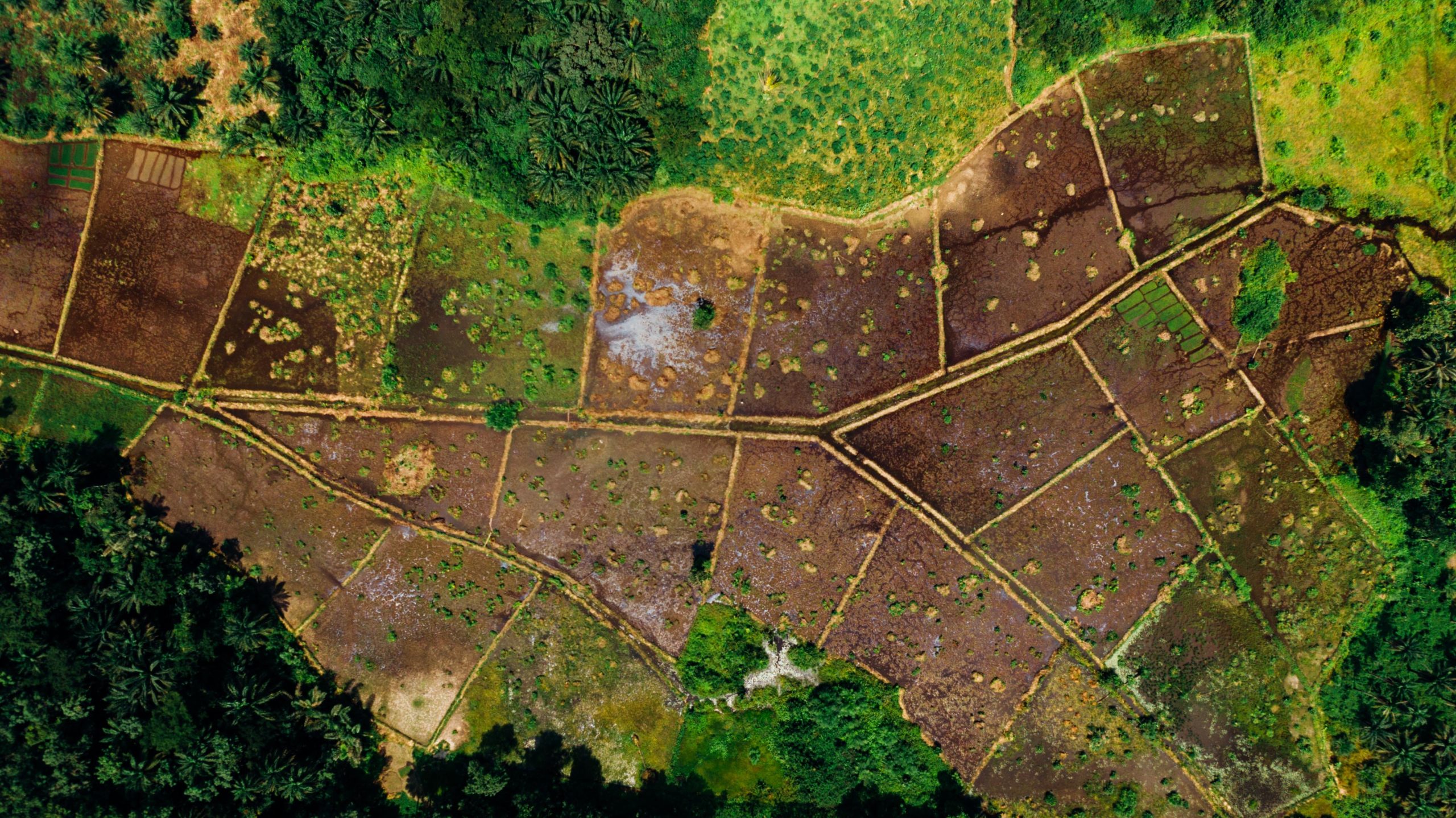We’re delighted to share the draft of our Land Governance module for a public review stage (until 15th March 2020). We are inviting feedback on our selection of indicators, and our draft research guidance, as we explore how the Global Data Barometer can track governance, availability and use of data related to land governance in our upcoming survey.
As we explain in the module draft, land is a key element in every human civilization, and an essential topic for the Barometer to cover. The way in which societies interact with land has broad impacts, from shaping social and economic development, to supporting cultural, and even religious life. The eradication of hunger and poverty, and the sustainable use of the environment depend in large measure on how people, communities and others gain access to land and other related assets. This is why data related to land, when it is well governed, available to key actors, and usable by those stakeholders, can be, by a range of different means, a resource to help secure a broad spectrum of public goods.
Prospective indicators
Working with the valuable contribution of our partners at Land Portal, we’ve carried out a broad scoping of the ways in which land governance and data intersect, and how the upcoming Global Data Barometer can expand upon the narrow (albeit widely cited) land registries indicator included in the Open Data Barometer. We’ve settled on five potential indicators:
- To what extent is there a robust framework for collecting and publishing data on land tenure?
- To what extent is detailed and structured land tenure data available for re-use?
- To what extent is existing land use information available as open data?
- To what extent is planned land use information available as open data?
- To what extent is there evidence that land data is being used to influence policy in the interests of more equitable land tenure and use?
The first two in this list are designed to move beyond a narrow understanding of land registration to recognise the breadth of forms of land tenure that exist. As a result, they include sub-elements on disclosure of land rights held by people, companies, states, communities and indigenous groups, and look at whether there are distinctions between urban and rural tenure data. We are also exploring supplementary questions that could identify when beneficial ownership of corporate tenure is recorded.
The second two prospective indicators look at land use information: both current land use at the national scale, and planned land use at a more local level. While looking for country-wide data on current land use, we are intending to ask specifically about data on forested and protected areas, and about data that shows land use change, in order to identify datasets of use in climate action. When looking at planned land use, we focus on the availability of data that would allow users to determine for any plot of land the permitted or planned uses to which it may be put, keeping in mind both civic and economic development uses of such data.
The final draft indicator above responds to the focus in land-related Sustainable Development Goals on inclusion and gender equity. We invite researchers to seek out cases of data use to improve the equitable governance of land.
You can read the full draft guidance and proposed elements of each indicator in Appendix 2 of the module document here. This is the second full thematic module of the Barometer we’re putting out for consultation, and we’re looking forward to constructive feedback to help us strengthen the final indicators in the survey. The document is open for feedback until 15th March, and includes guidance on how to share your comments in the opening pages.
Exploring global frameworks for structured land data
One of the key challenges in putting together this module, has been identifying the global frameworks that justify a comparative assessment of countries land governance data availability. Practices around land governance vary substantially both across and within countries – so creating a comparable benchmark on data practices needs careful work. The literature review on the module document contains a series of tables that set out the sources of precedent and standard setting we have drawn upon—and offers a discussion of existing sources of data.
Looking towards the future
In line with the approach of the Global Data Barometer, we only seek to carry out primary data collection where there are no existing secondary indicators we can draw upon. In the land field, there are many promising initiatives that may, in future, provide in-depth assessment of land tenure related data practices, including Prindex and Land Portal’s in-depth State of Land Information reports. However, these do not yet provide the kind of multi-country coverage that the Barometer will need, and so are not yet ready for use as secondary indicators. We have, however, sought to align our indicator selection and design with these as much as possible, to support future collaboration and research drawing upon the Barometer alongside these other data sources.
We need your input
If you are interested in how the Barometer might add to a shared understanding of data policies and practices around land governance, we would welcome your feedback on the module draft.


